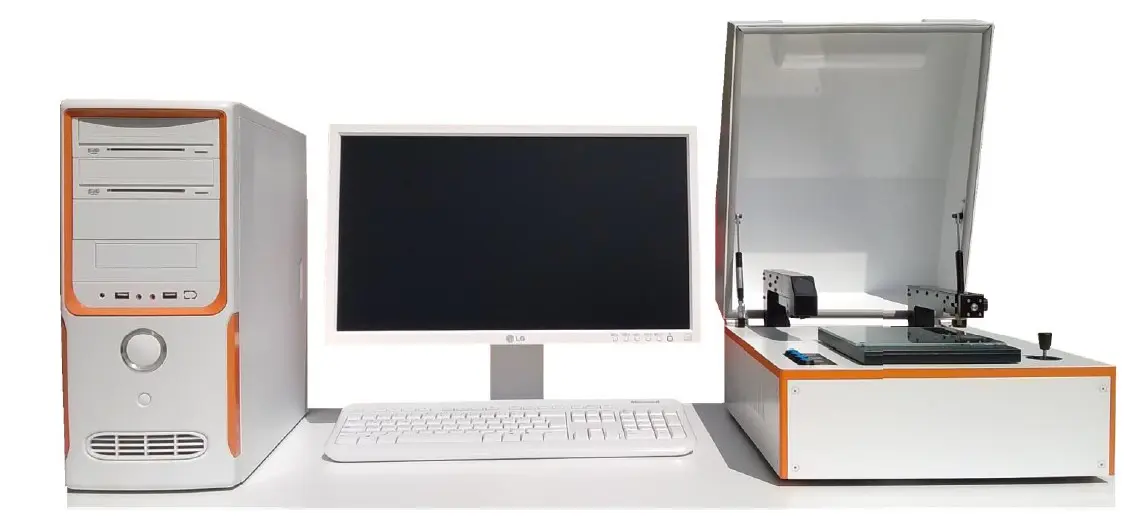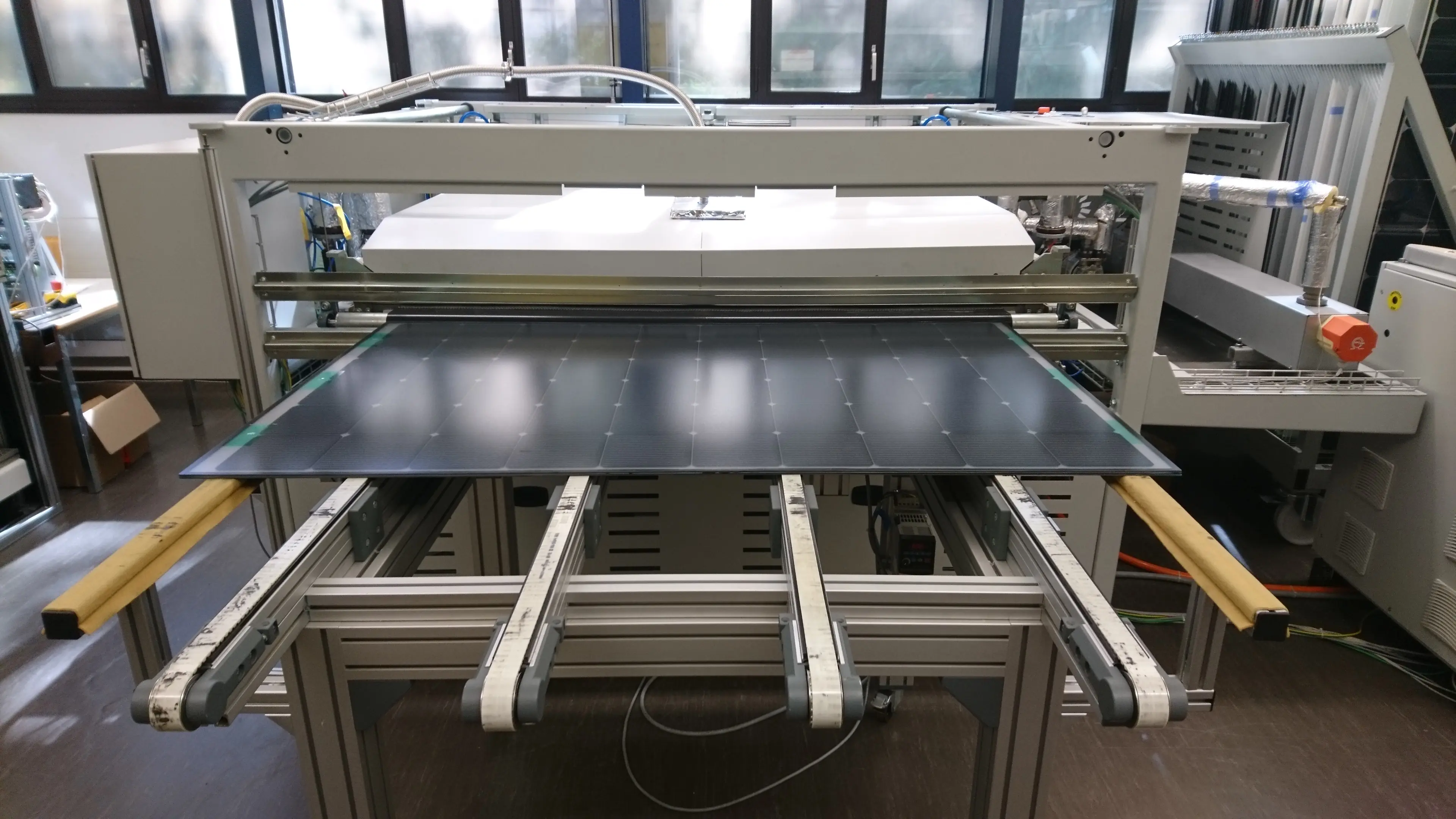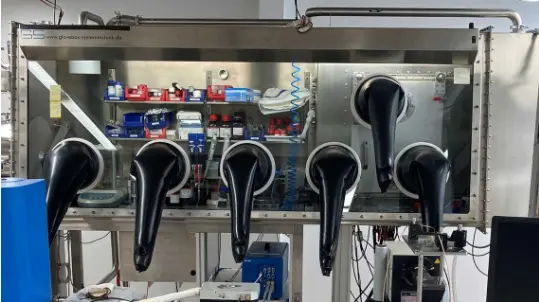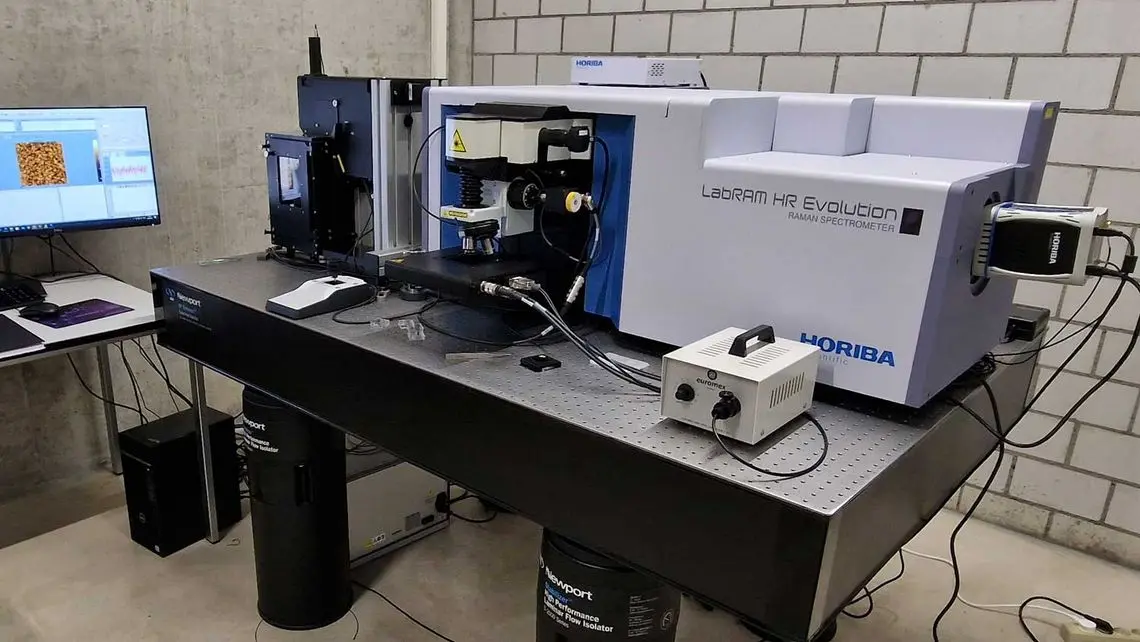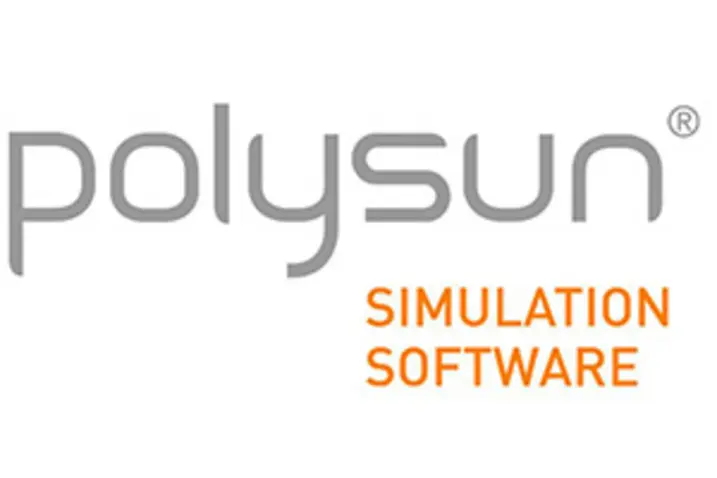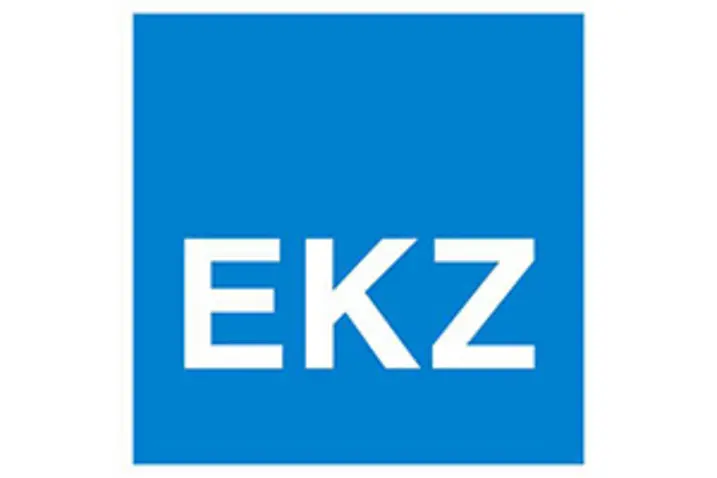Photovoltaics platform
Photovoltaics play a key role in making it possible to generate electricity in an ecologically sustainable way. The Photovoltaics platform brings together a range of skills in the field of applications-oriented photovoltaics so that it can offer an optimal range of services.
The electricity generation costs for photovoltaic power have dramatically decreased in recent years. In some countries, the generation costs of fossil and nuclear power have been significantly surpassed. The main challenges now lie in the intelligent application and optimized integration of photovoltaics in various use cases. Improving the efficiency of the modules can lead to further cost savings in the future. New technologies and materials, such as tandem cells, also play a role in expanding efficiency boundaries.
The Photovoltaics platform of the ZHAW School of Engineering showcases various competencies in the field of application-oriented photovoltaics for industry and research and development partners.
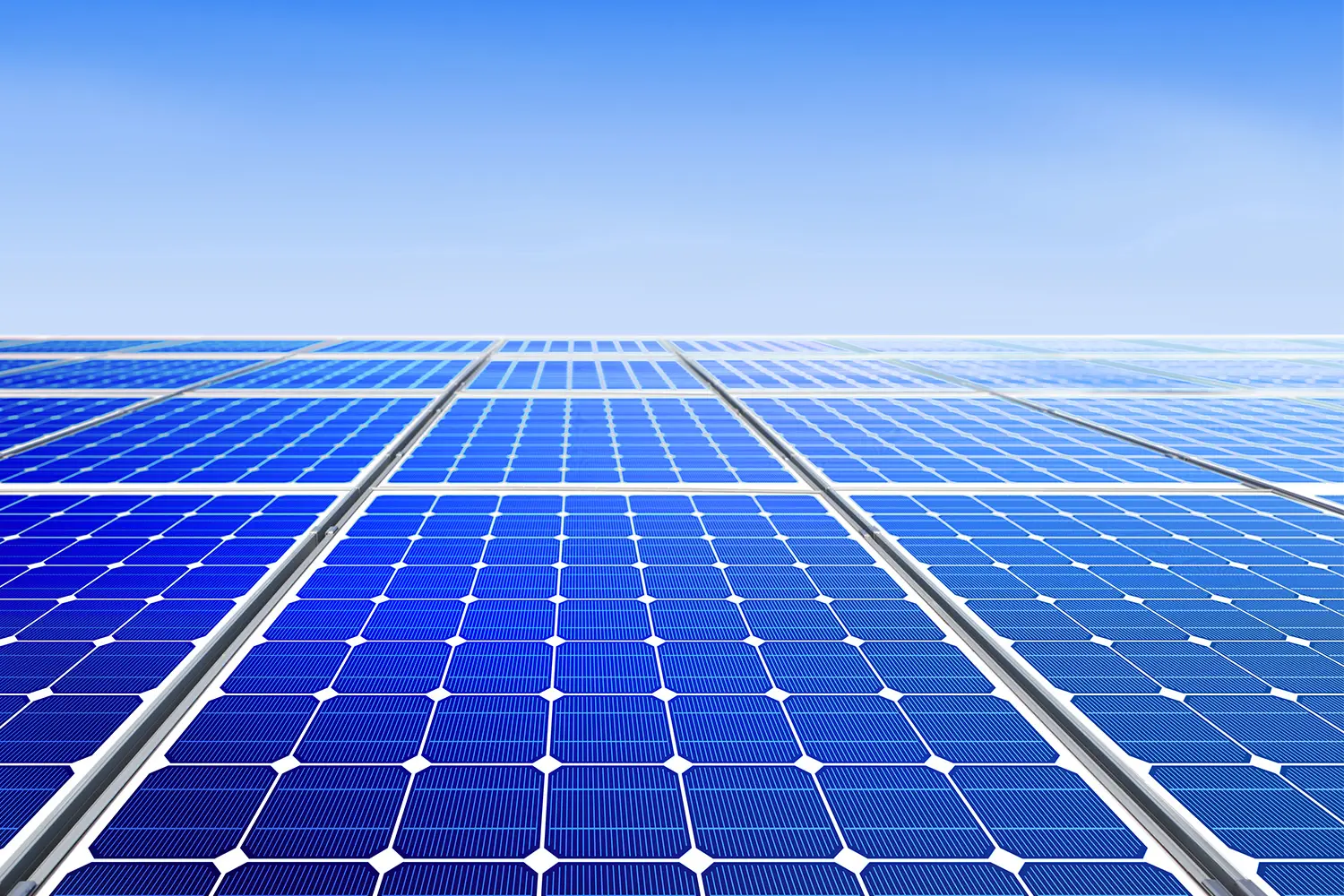
Key topics and areas of research
- Photovoltaic systems (rooftop installations, PV on green roofs, floating PV, ground-mounted installations, agro-photovoltaics, alpine installations, BIPV, photovoltaic folding roof systems, PV carports, bifacial modules)
- Photovoltaic system technology and electronics (inverters, optimizers), yield analysis and optimization of various photovoltaic systems through simulation and measurements
- Simulation and characterization of solar cells
- Accelerated aging tests for photovoltaic modules
- Organic and perovskite solar cells
- Production technology in photovoltaics
- Photovoltaics in combination with heat pumps and electrical storage
- Optoelectronic modeling and numerical simulation of thin-film and tandem solar cells (drift-diffusion)
- Device physics of novel solar cells
- Characterization of solar cell materials on the nanoscale
- Integration of photovoltaics on vehicles
- Measurement technology for quality assurance and performance analysis
- Grid integration of photovoltaic power
Research projects
AMBIPV II - Adapted Modules for Bifacial Photovoltaics (Solar Era.net ID78)
In this project, new connection technologies for bifacial solar cells are being developed and studied. Increased resistance loss due to higher currents can be addressed with advanced connection technologies. Three approaches are being investigated, each of which also includes an optimization of materials and cell/module design.
Development and comparative testing of a comprehensive package for bifacial photovoltaic systems on green roofs
Bifacial and monofacial PV modules are installed in various mounting configurations on a green flat roof. Yields from conventional arrangements are compared to those from vertically installed bifacial modules, which can be a cost-effective way to minimize conflicts between PV and green roofing. To maximize yield, a green roof with high reflectivity and low vegetation is implemented, along with a customized substructure. This involves the use of special substrate and adapted seeds, and a comparison of the quality of the vegetation. The resulting site conditions and biodiversity are examined comparatively. The tendency for higher required substrate thicknesses for ballasting increases water retention and the associated cooling capacity of the roof. The goal of the project is to design and test a practical integrated package for combining green roofing and PV systems.
Advanced image analysis and machine learning for PV quality assurance
A multi-imaging setup is being developed for the examination of solar cells on a laboratory scale and to obtain spatially resolved information about cell quality. Machine learning is used to estimate parameters for a physical finite element model, which serves as a digital twin for further optimization. Learn more about this project.
Integrated measurement platform for OLEDs and PAIOS solar cells
Paios is an all-in-one characterization platform for solar cells and OLEDs. A large variety of state-of-the-art measurements and advanced experiments can be performed with one mouse click. In classical research many different experimental setups were required to perform opto-electrical measurements on research devices. With Paios, all these devices can be measured within minutes, and the results from different devices can be compared directly using the Paios software. Paios accelerates research by enabling scientists to concentrate on the physics and spend less time on measuring and data processing.
LED Flasher
The sum of the power output ratings of all the modules in a solar panel determines the amount of power it can produce in one year. If some of the those modules can no longer achieve the output power ratings specified by the manufacturer, this will impair the utility of the entire panel. The portable LED Flasher provides a cost-efficient on-site method for identifying modules whose output is impaired. The device will also provide an error-free assessment of the overall power output rating of a solar panel. Read more (in German)
Optimized SiC PV Inverter
A PV inverter with a power range of 5-10 kW is realized based on a Cool SiC MOSFET bridge from Infineon, measured in the laboratory, and compared to a commercial Si-based PV inverter. In the lab, under reproducible conditions, the performance curves of both systems are measured under various load conditions. This allows for quantifying losses, calculating power densities, and determining efficiency improvements to showcase the benefits of the new SiC technology in PV inverters. Learn more about this project.
Perovskite solar cells
Novel solar cells with metal halide perovskite absorbers have achieved laboratory efficiencies that are very close to conventional technologies in less than 15 years of development. The ultrathin perovskite films used in these cells can be produced through various methods, including solvent-based processes. When combined in a tandem configuration with silicon, efficiencies greater than 31% have already been achieved. The current challenges on the path to commercialization involve scaling up production processes, ensuring stability of materials and solar modules.
At ZHAW, our expertise lies in device physics, optoelectronic characterization, and simulation of perovskite solar cells. We also manufacture test solar cells at the laboratory scale using our equipment. Our characterization capabilities range from macro (modules, 1 cm, 2 lab cells) to nanoscale (confocal optical and atomic force microscopy). Currently, we are working with partners who specialize in material chemistry on issues related to stability and alternative lead-free perovskites in the following projects:
-
Modeling and Characterization of Novel Optoelectronic Devices: This fundamental research project aims to explore the mixed electronic-ionic conductivity of perovskite. Ionic conductivity arises from crystal lattice defects that move during operation, leading to stability issues. While these processes are largely reversible, they can result in a permanent reduction in efficiency. The goal of the project is to comprehensively characterize these mobile defects and eliminate degradation pathways.
-
Application of Machine Learning in Device Simulation: Numerical simulations of perovskite solar cells are computationally intensive and require many input parameters, often not completely known. To address this gap, we are working with artificial intelligence approaches. Initially, with synthetic data and later with real measurement data, the objective is to use machine learning to identify possible causes of reduced efficiency, such as during aging.
-
Accelerated Aging Measurements on Perovskite Solar Cells: To expedite the introduction of perovskite solar cells to the market, accelerated stability tests under harsh conditions are required. Established standardized test procedures for solar modules are not fully adequate to provide a lifetime prognosis. Therefore, in collaboration with our partner Saule Research Institute in Poland, this project aims to develop stress tests that specifically target certain degradation pathways. Systematic variations and corresponding models should enable an extrapolation of the lifetime under operating conditions.
Note: The project information for the last part is expected to be available soon.
Photovoltaic (PV) systems on flat roofs designed for maximizing energy yields per unit area
Energy yields from PV systems on flat roofs are compared and optimized while considering cost-effectiveness. This is done by taking into account the specific characteristics of flat roofs and Swiss conditions. The primary focus is on dense arrangements to achieve a high total yield per unit area. In addition to conventional approaches, PV systems with additional reflectors, single-axis tracking systems, and resulting synergy effects are also being investigated.
PV 2050 sustainability and impact
The opportunities for photovoltaic (PV) solar energy conversion to support the transitions which will be required to implement the Energy Strategy 2050 are widely recognized. However, if PV power is to make a significant contribution to satisfying global energy requirements, greater efforts need to be made to make it more sustainable. This project aims to assess the sustainability impacts of the devices and (potential) products being developed in the context of PV2050 projects. Read more
Vertical solar panels on green roofs
In the project, vertical solar panels are being tested for the first time. Since these panels primarily capture the morning and evening sun, the need for expensive batteries for energy storage is reduced. Additionally, the vertical installation requires less maintenance, resulting in lower maintenance costs. The electricity production is not obstructed by snow, the risk of hail damage is minimal, and, finally, the roof area remains available for greening.
SLT Plus
In this project a highly cost-efficient laminator had been developed and its market launch was supported. The laminator had been designed for a new and wider range of applications including the use of new materials and special modules.
U-Light
The U-Light project is focused on developing innovative, low-mass PV modules which are inexpensive, long-lasting, simple to install, can be incorporated into buildings in novel ways and generate energy at the lowest possible cost.
Advancement of a fence with an integrated photovoltaic system
Scientific support for the advancement of a fence for photovoltaic electricity generation within the framework of a climate fund project and other demonstration projects.
Research institutions
PV Outdoor Laboratory
- BIFOROT
- Miniaturized PV System Test Field for Yield Analysis
PV Module Laboratory
- Stringer for Solar Cells
- Laminator for the Production of PV Modules to Industrial Standards
- Electroluminescence and Log in Thermography for Modules to Industrial Standards
- TLM for Measuring Contact Resistances
- Climate Chamber with UV Lighting Unit
- I/V Module Flasher
- Mechanical Testing Rig for PV Modules
- Hail Tester for PV Modules
- Mobile I/V Module LED Flasher
- Drone with Infrared Camera
Laboratory for the Production and Characterization of Organic and Perovskite Thin-Film Solar Cells at the Laboratory Scale
- Gloveboxes (Nitrogen Atmosphere, Dry Air)
- Spin Coaters
- Metal Evaporator
- Solar Simulator
- Quantum Efficiency Measurement Setup
Laboratory for Characterization of Laboratory Solar Cells and Thin Films on Macro and Nanoscales
- Ellipsometer for Determining Optical Constants
- Multifunctional Measurement Platform PAIOS
- Potentiostat for Impedance Analysis
- Combined Optical Confocal and Atomic Force Microscope for Optical, Structural, and Electrical Analysis on the Micro and Nanoscale (Confocal Photoluminescence Mapping, Raman Mapping, AMF, cAFM, KPFM)
- Optical Spectroscopy Measurement Setup (CW Laser, Pulsed Supercontinuum Laser, CCD Spectrometer, Single Photon Counting) for Measuring Absorption, Photoluminescence (Spectral and Transient), and Electroluminescence
- Simulation Software Setfos and Laoss for Optoelectronic Device Simulation
Participating Institutes and Centres
- Institute of Energy Systems and Fluid Engineering (IEFE)
- Institute of Computational Physics (ICP)
- Institute of Product Development and Production Technologies (IPP)
- Institute of Materials and Process Engineering
- Institute of Sustainable Development (INE)
- Institute of Applied Mathematics and Physics (IAMP)
Publications
-
Chudinzow, Dimitrij; Klenk, Markus; Eltrop, Ludger,
2020.
Solar Energy.
207, pp. 564-578.
Available from: https://doi.org/10.1016/j.solener.2020.06.096
-
Nussbaumer, Hartmut; Klenk, Markus; Morf, Marco; Meister, Jan; Werner, Dieter,
2020.
Miniaturized model kit for yield measurements of PV systems : concept and application [paper].
In:
Proceedings of the 2020 47th IEEE Photovoltaic Specialists Conference (PVSC).
2020 47th IEEE Photovoltaic Specialists Conference (PVSC), Calgary (Canada), 15 June 2020.
IEEE.
pp. 1093-1095.
Available from: https://doi.org/10.1109/PVSC45281.2020.9300554
-
Nussbaumer, Hartmut; Janssen, Gaby; Berrian, Djaber; Wittmer, Bruno; Klenk, Markus; Baumann, Thomas; Baumgartner, Franz; Morf, Marco; Burgers, Antonius; Libal, Joris; Mermoud, André,
2020.
Solar Energy.
197, pp. 6-21.
Available from: https://doi.org/10.1016/j.solener.2019.12.071
-
Aeberhard, Urs; Neukom, Martin T.; Schiller, Andreas; Zuefle, Simon; Jenatsch, Sandra; Blülle, Balthasar; Altazin, Stéphane; Stepanova, Lidia; Knapp, Evelyne; Kirsch, Christoph; Ruhstaller, Beat,
2020.
Computational device optimization and parameter extraction for perovskite-based solar cells [paper].
In:
Freundlich, Alexandre; Sugiyama, Masakazu; Collin, Stéphane, eds.,
Physics, Simulation, and Photonic Engineering of Photovoltaic Devices IX.
SPIE Photonics West, San Francisco, USA, 1-6 February 2020.
SPIE.
pp. 112750B.
Proceedings of SPIE ; 11275.
Available from: https://doi.org/10.1117/12.2545507
-
Le Corre, Vincent M.; Wang, Zishuai; Koster, L. Jan Anton; Tress, Wolfgang,
2020.
Device modeling of perovskite solar cells : insights and outlooks
.
In:
Ren, Jingzheng; Kan, Zhipeng, eds.,
Soft-Matter Thin Film Solar Cells.
AIP Publishing.
Available from: https://doi.org/10.1063/9780735422414_004
